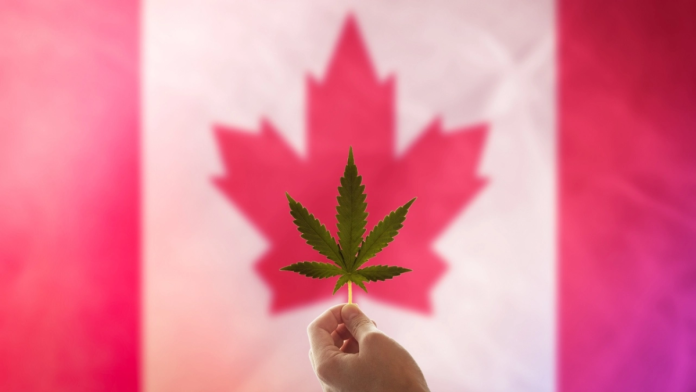Canada’s legal cannabis industry has proven to be a major economic driver since its legalization in 2018. A new report from the Ontario Cannabis Store (OCS) and Deloitte Canada reveals that the sector has contributed an incredible $76.5 billion to the country’s gross domestic product (GDP) over the past six years, while supporting almost 100,000 jobs annually.
Massive Impact on Canada and Ontario
Between 2018 and 2024, the cannabis sector added $76.5 billion to Canada’s economy. Ontario alone contributed $23.1 billion of that total. The report shows that more than half of the total GDP boost — around $43 billion — came from labour income, meaning wages and salaries paid to workers. The industry sustained about 98,200 jobs every year nationwide, with roughly a third of them (31,900) based in Ontario.
Government tax revenues have also benefited. In six years, cannabis generated $29.6 billion in tax revenue across Canada, including $5.3 billion in Ontario. These taxes come from direct, indirect, and consumer sales contributions. For every dollar of revenue, the cannabis sector added about $1.08 to Canada’s GDP, or $1.01 to Ontario’s.
🌎 Global tradequake – U.S. slaps up to 41% tariffs, sparks crisis from Canada to Cambodia
Growing Sales and Shifting Markets
When legalization began in October 2018, national cannabis sales were just under $1 billion. By 2024, sales had climbed to $5.8 billion. Most of this growth came from the recreational market, while medical cannabis sales have steadily declined. Recreational sales peaked in 2023 at $5.4 billion and stayed at that level in 2024.
In Ontario, cannabis sales rose from $300 million in 2018 to $2.2 billion in 2023 and 2024. Between 2018 and 2024, recreational purchases in the province totalled $11 billion — about 39% of all such sales in Canada.
Over the same six-year period, the cannabis industry spent $42 billion nationwide on goods and services, with $11.6 billion of that spent in Ontario. Most of this spending happened in the early years, peaking in 2019 at $15.3 billion nationally and $4.7 billion in Ontario. By 2024, spending dropped to $500 million in Canada and $100 million in Ontario.
Mississauga, one of Ontario’s largest cities, began allowing cannabis retail stores in 2023. Within a year, about 40 stores opened, generating $24.1 million in wholesale sales from OCS. By March 2025, the number of stores had grown to 60, with total wholesale sales surpassing $69 million. Consumer surveys in Mississauga showed legal market usage jumping from 62% in 2023 to 80% just nine months later.
Despite this shift to legal purchases, the OCS estimates that 27.8% of cannabis sales in Ontario still come from the illicit market.
Taxes, Jobs, and Wider Benefits
The cannabis industry’s impact extends well beyond store sales. The sector directly, indirectly, and through consumer spending, generated billions in taxes. Producers and retailers nationwide contributed $3.6 billion in direct taxes, $10.5 billion in indirect taxes, and $6.6 billion in induced taxes, while consumers generated an additional $8.9 billion through sales and excise taxes.
NBFC Panic Grows: Visa Clampdown in US, Canada Sparks ₹20,000 Cr Student Loan Crisis
In Ontario, producers and retailers generated $400 million in direct taxes, $1.4 billion in indirect taxes, and $1.2 billion in induced taxes. Consumer purchases and related spending added $2.3 billion in sales and excise taxes.
The cannabis sector also drives other industries. Producers require large amounts of electricity and natural gas, as well as transportation, warehousing, financial services, marketing, and insurance. This ripple effect supports many jobs and businesses beyond cannabis farms and stores.
Canada now has the second-largest cannabis market in the world, with $5.9 billion in sales in 2023. Only the United States’ combined legal state markets are larger, at $38 billion. The rest of the world accounts for just $3.1 billion.
As of September 2024, 5.6% of Canada’s over 900 licensed cannabis producers were Indigenous-owned, often operating as smaller businesses like micro-cultivators and nurseries. In Ontario, fewer than 1% of stores — only 11 out of nearly 2,000 — are Indigenous-owned.
One example is The Reef Store in the Kenora area, which is owned and operated by a First Nation community. Profits support local initiatives, including sports programs, cultural events, and community gatherings.


